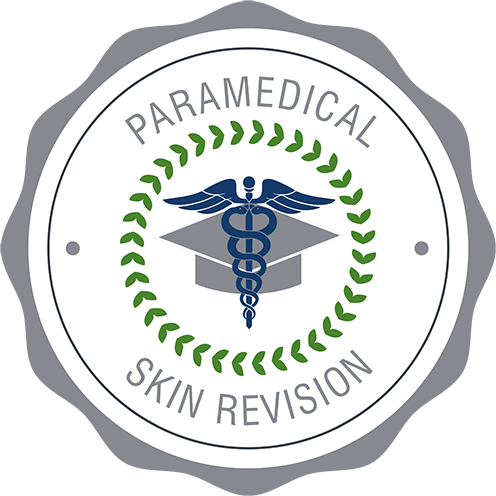Blog

Post-Inflammatory Hyperpigmentation: How to Stop It in its Tracks in 4 Easy Steps
Hyperpigmentation is a big word for an annoying problem. It is the darkening of the skin on the face and body. Sometimes it occurs in small patches, and other times it can cover large areas. While there are several varies of hyperpigmentation, we want to go over one that we often see: Post-Inflammatory Hyperpigmentation (PIH).
Post-inflammatory hyperpigmentation sounds complicated, but it actually can be broken down into simple parts. It is inflammation that causes a darkening of the skin after some kind of injury or trauma. PIH often looks like flat spots of discoloration. They can show up as different colors, from pink and purple, red to brown, or even black, depending on your unique skin color. When the skin is injured, it tries to protect itself and heal fast, but this can cause there to be more melanin (skin color) produced.
PIH is really not a skin problem on its own (even though we know it can feel like it is). It’s really just a symptom of another problem. One of the most common causes of PIH is acne, but it can also be caused by burns, eczema, allergies, or injuries (including invasive skin treatments).
Our treatment plans look at trying to fix the initial problem, not just reducing symptoms. If you’re struggling with PIH due to acne, we want to first heal your acne first before working on the hyperpigmentation left behind. Otherwise, you’ll continue to get PIH.
The good news is that post-inflammatory hyperpigmentation tends to stay in the superficial, top layers of skin. This is a skin condition that can be treated! While most PIH will fade with time, it can take up to two years to fade on its own. That’s a long time to wait, but luckily we have treatments that can speed up this process dramatically.
- Target the underlying skin issue.
What is causing the skin to be damaged in the first place? We will work on correcting that first. - Wear Sunscreen!
While not a direct cause of PIH, sunlight can cause spots to darken. Please protect yourself with a solid sunscreen all the time. Yes, even inside!
- Strengthen the Immune System
If our skin is healthy, it won’t need to work so hard to repair itself. This lessens the chance of too much pigment being made during the healing process. We recommend a product like DMK’s Beta Gel, which has Beta-Glucan as an active ingredient. This stimulates the skin’s natural immune response.
- Fade existing PIH
Now that your skin is protected and healing, we will focus on healing existing PIH spots. We use products like DMK’s Melanotech Trops, Direct-Delivery Vitamin C, and Creme Citrique to make PIH a thing of the past. Even better, we can add these products to your home-care routine to heal even faster.
So what does treatment look like? While it will vary from person to person, we work on these things:
Dealing with Post-Inflammatory Hyperpigmentation? We can help! Book Online to schedule a treatment plan or use our online consultation tool to see what we can do for you! We’ll help you with the right treatments and products for your unique skin needs.
10 Years Younger in 10 Days
Want to significantly and quickly revise signs of aging but do not want to commit to invasive surgery or procedures? SPA Melissa Allen’s 10 Years Younger in 10 Days is the...
Book NowDMK Enzyme Treatments
DMK Enzyme Treatments work to oxygenate, detoxify, and improve your skin's ability to function by removing dead skin cells and impurities trapped in the skin. The results are brighter, younger-look...
Book Now


